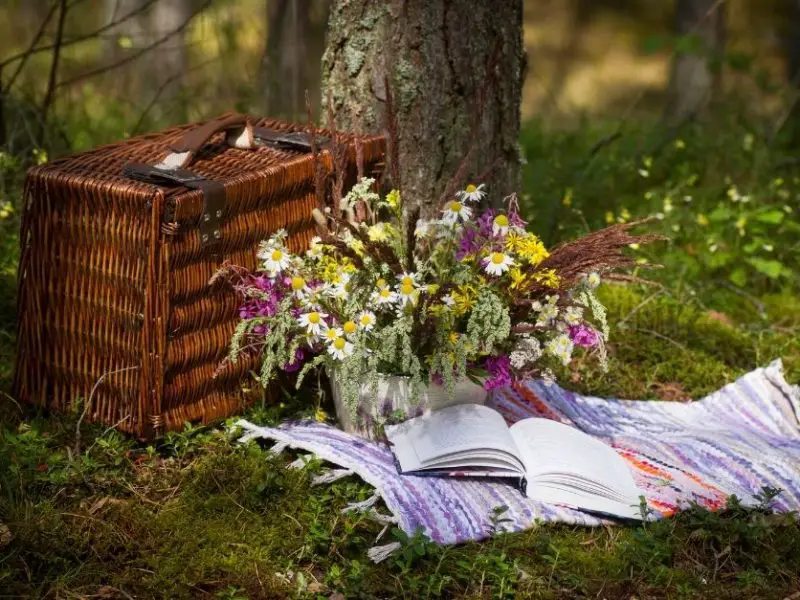Cape Breton in the footsteps of the Scots
The Cabot Trail is considered to be one of the most beautiful routes in Nova Scotia for a road trip Canada. He is named after John cabot, an explorer on behalf of the King of England. We explored it for two days on our road trip and were on the trail of the Scots who had settled Cape Breton from the 18th century. We take a little more time for this tour in order to get to know the people and their way of life a little bit along the way. In Cheticamp we are initially in an Acadian enclave, where the residents uphold their French heritage to this day. It was they who were the first European settlers to set foot on Canadian soil in Nova Scotia. In the turmoil of the colonial disputes between the French and the English for supremacy over the North American continent, they were defeated.

The Acadians in Nova Scotia
Most of their ethnic group were displaced in 1755, and few managed to survive in remote areas such as the coast of Cape Breton Island. Even today, the northwest coast of Cape Breton Island, where the Cabot Trail runs along the coast, is only sparsely populated. On the one hand, it is because small groups of Acadians had settled in the section between Margaree Forks and Cheticamp. On the other hand, that the Cabot Trail runs from Cheticamp through the nature reserve of the Cape Breton Highlands National Park with its steep mountain slopes sloping down to the coast, which are densely overgrown with forest. Not until Pleasant Bay do we come across a small settlement where mostly fishermen live.
Map of Scottish settlements on the Cabot Trail
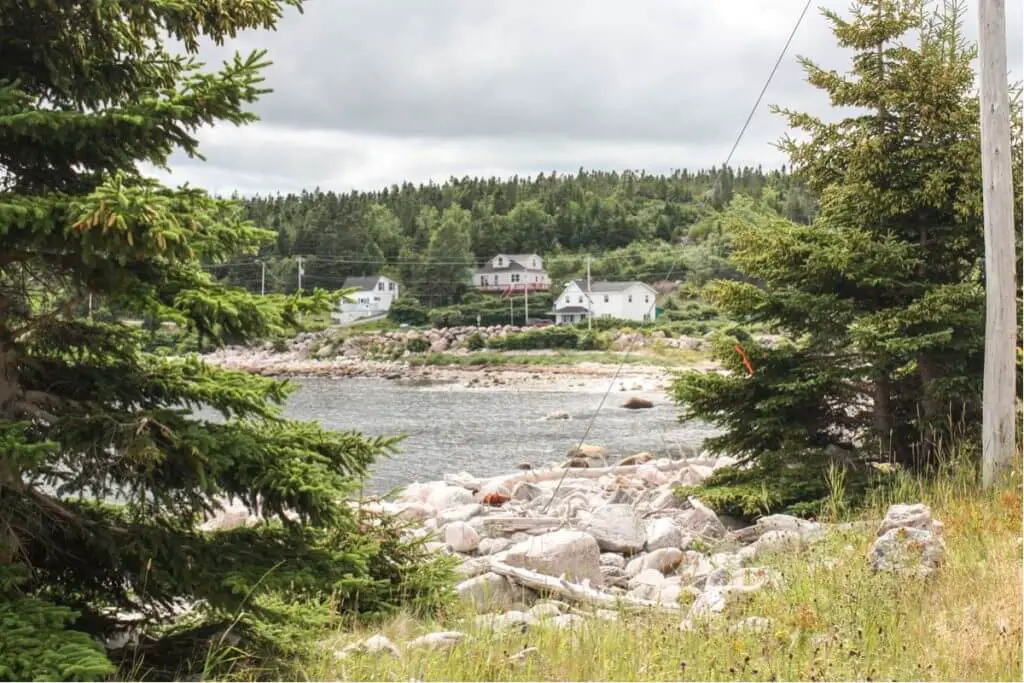
Fishing on the Cabot Trail
In general, fishing plays a big role in the small towns along the Cabot Trail. Pleasant Bay, White Point and Neils Harbor have lovely harbors where fishing boats dangle in the water. On land piled lobster traps, colorful buoys and fishing nets waiting for their repair. Shrieking seagulls watch us curiously from the quay walls and see if we have something edible for them. These places are silent retreats off the main route on the Cabot Trail and give a good idea of how people's lives are going on here. During the short fishing season, when certain species of fish are allowed to be fished, their catch must be large enough for them to live for the rest of the year. If that is not enough, you have to earn something in tourism or in the city.
This has to be in the suitcase for hikes on the Cabot Trail
- When hiking we wear solid hiking boots, They also stop on uneven paths. hiking socks also ensure comfortable walking.
- On a hike you need one backpack, in which you have drinks, snacks, a Jacket and store odds and ends.
- Check our hiking checklistwhether you have packed everything you need for your hike. One lunch box and other practical utensils for hikers can be found here.
- Travel Guide* and The Long and Winding Road, Walking the Cabot Trail * on the way for good information
- Use our Checklist for a beach vacation and pack everything you need for a swim in the suitcase.
If you purchase via a link marked *, we receive a commission, which we use to run this blog.
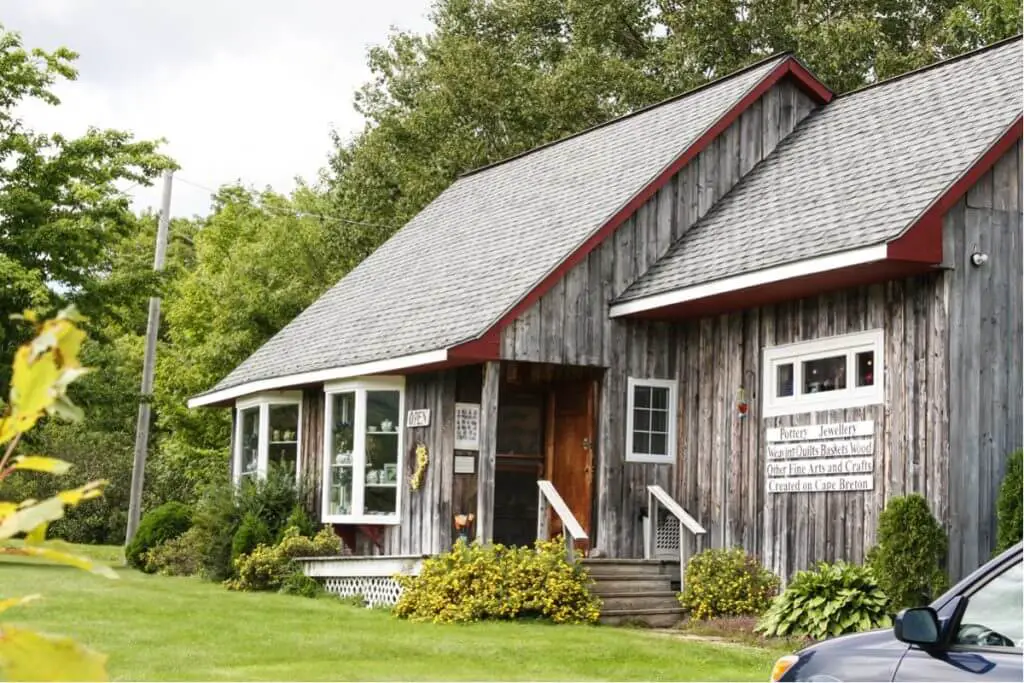
Crafts on the Cabot Trail
The same is true of the art galleries and pottery shops that we see on the way. The painters, sculptors and potters make their living during the summer tourist season. In the winter, they have to live on the earned money or look for another income. Not a simple life that guides people on the Cabot Trail!

Staying in a Scottish setting on the Cabot Trail: the Keltic Lodge
It gets Scottish when we get to the Keltic Lodge. The hotel, which stands in a beautiful spot on a peninsula with views stretching far down the coast, reminds us of a Scottish mansion in its decor. Red, green and blue tartans transport us to another world. As the name suggests, this hotel celebrates the influence of Scottish immigrants. That Hotel is located in the National Park and is one of the Nova Scotia Signature Resorts, which includes the Digby Pines Golf Resort heard that we met a few years ago. It is best to stay here for several days to enjoy the surroundings, the golf course, the beach and above all the view.
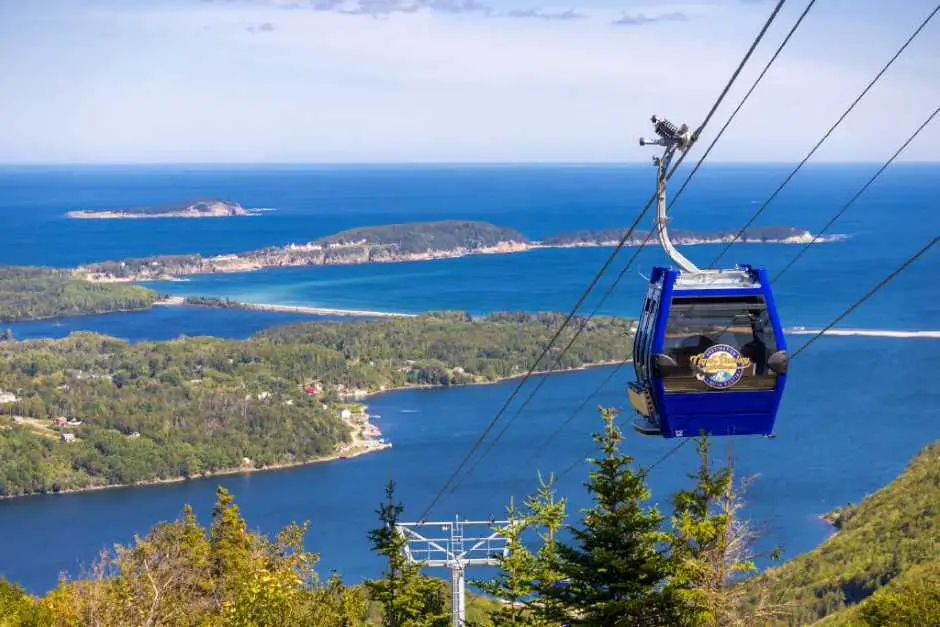
With the cable car to Cape Smokey
The scenery is also reminiscent of Scotland with its bays, mountains plunging down to the sea and roads that make the Cabot Trail a drive that will take your breath away. On the other side of the bay you can take the cable car up to Cape Smokey. The gondola seats eight people and transports them from sea level to the top of Cape Smokey in four minutes. The difference in altitude is 320 meters. From the top you have a magnificent view of the Atlantic and the Ingonish Beach Peninsula with the Keltic Lodge. Take your time for the trip so that the ascent is worthwhile. Pack a picnic or grab a snack at Summit Shack. You can enjoy this at one of the three vantage points.
Cape Smokey
38696 Cabot Trail
Ingonish Beach
Nova Scotia, B0C 1L0
+1 902 517 0371
info@capesmokeyholding.com
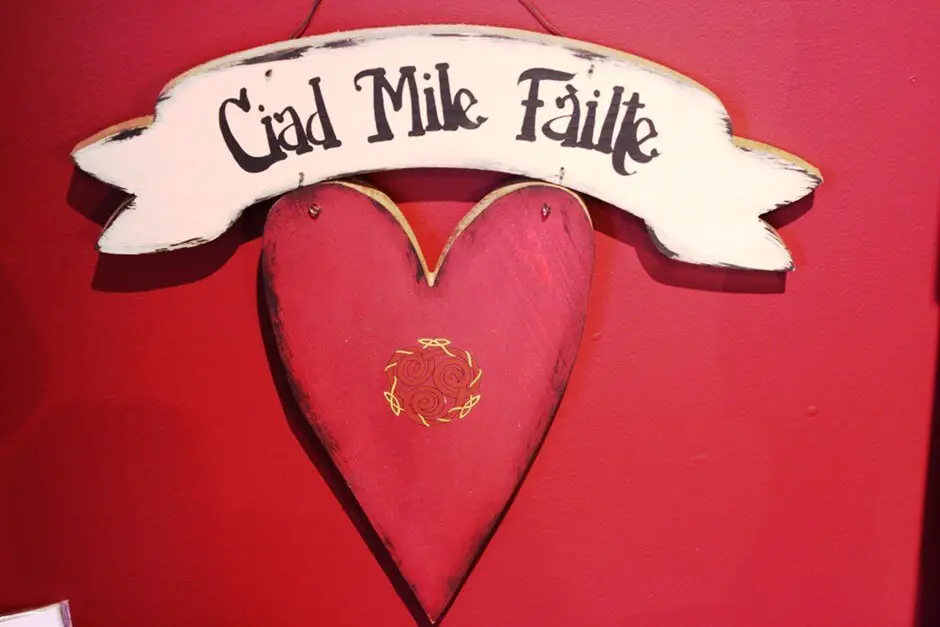
Get to know Gaelic culture at Gaelic College in St. Ann's
If you have the time, you can learn Gaelic at the Gaelic College in St. Ann's. If you don't have enough time, the college's summer courses offer other opportunities to explore the culture of the Scots on the Cabot Trail. At lunchtime they serve lunch with Celtic music. If you want, you can also practice Gaelic crafts. Of course, you can also find out about the history of the Scots, their way of life and their Celtic self-image.
In the shop, for example, there are fabrics in tartan checks. If you want, you can even have a kilt sewn for you. We prefer to browse the collection of Scottish Celtic music CDs recorded by local artists. With this musical accompaniment on our road trip through Cape Breton, the drive along the Cabot Trail becomes an experience with Scottish flair for us too! But I also liked the lace blankets. That's why I'm bringing home a piece of Gaelic culture that now decorates my living room.
The Gaelic College
51779 Cabot Trail,
St Ann's, Nova Scotia
B0C 1H0
info@gaeliccollege.edu
(902) 295-3411

Our Travel on the Cabot Trail gave us an insight into the life of the Scots on Cape Breton Island. We therefore recommend that you go looking for clues yourself and experience what is Scottish in Nova Scotia.
Travel Arrangements:
Parking at the airport
Here you can reserve your parking space at the airport.
Getting to the Cabot Trail:
For example, book your journey by flight, bus or train*. Air Canada, Condor and Icelandair fly from Germany to airports in eastern Canada. From Halifax The best way to reach the Cabot Trail is by rental car or motorhome.
Car rental for the Cabot Trail:
Cheap car hire - book quickly and easily!
Hotels:
Hotels along this route * and on Cape Breton Island * you can, for example, book through our partner booking.com.
Do you like to travel by motorhome?
- Do you want to rent a mobile home? Then you will find information and a selection of booking options.
- Be sure to check our packing list for campers to see whether you have packed everything for your motorhome tour.
- In Cape Breton Highlands National Park, for example, you can do this Campgrounds stay.
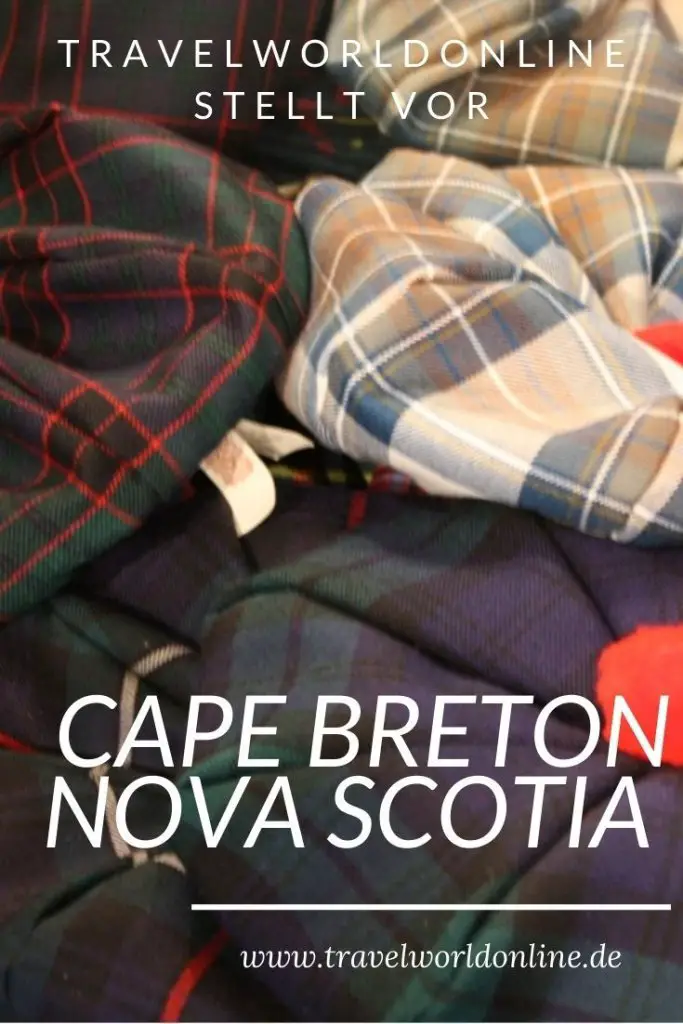
Do you know this?
- Typical Scottish food and drink
- Finance Holiday - Travel Blogger Tips
- Ottawa Winterlude
- Ottawa Winterlude hotels
Source: on-site research. We would definitely like to thank Tourism Nova Scotia for supporting this trip. However, our opinions remain our own.
Text: © Copyright Monika Fuchs and TravelWorldOnline
Photos © Copyright Monika Fuchs and TravelWorldOnline



